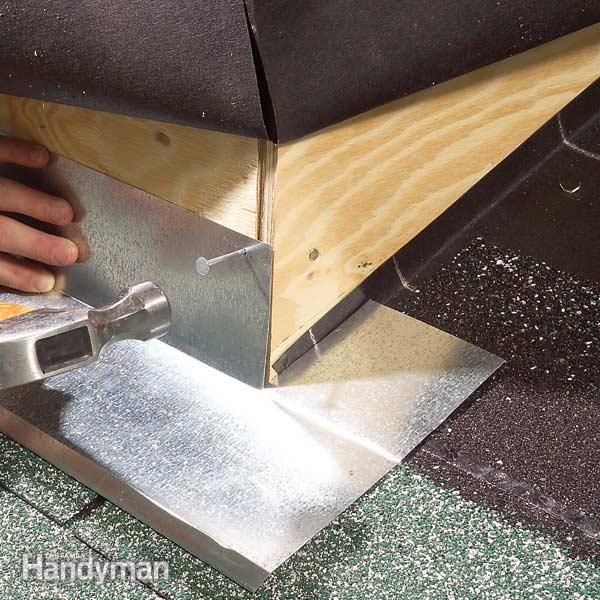Lead Flashing Roof To Wall

Up to 5 3 4 in.
Lead flashing roof to wall. When fitting cover flashings to a flat roof like the. Another method of flashing a concrete wall is to cast the cap flashing into the wall. What is lead flashing. This adjustable rubber pipe flashing for metal roofing this adjustable rubber pipe flashing for metal roofing accommodates roof penetrations from 1 4 in.
This flashing provides protection for pipes cables conduits and wires. The edge of the roof has thin metal flashing that helps water drip off the roof without damaging the home or causing a leak. To install the roof wall flashing above the builder bent the top edge of the flashing into a 90 degree lip about 2 cm in width. Click pic to enlarge the video below will show you how to fit lead roof flashing like the ones seen in the picture above.
The cap flashing is attached to the base flashing by blind riveting. Open valleys have metal flashing to protect this critical area of the roof. Step flashing installed as each course of shingles is installed involves placing an individual piece of metal flashing bent at a right angle against the building wall extending up the wall 4 and onto the roof a minimum of 2 4 is preferable. This detail can be used on either a sloped or a flat roof.
Copper receiver cast in concrete wall. Apron flashings if you are new to roofing or fitting roof flashings this really is a bread and butter place to start master this and the slightly more difficult flashings like step flashings will seem a lot easier. Lead flashing has been used for hundreds of years in situations such as where a roof meets a wall on a roof valley around other penetrations such as chimneys pipes and around window and door openings. Lead flashing is a piece of milled lead that sits between joints to create a durable and weathertight seal.
That lip is then set into a reglet or groove in this case cut into the mortar joint of the brick wall above. The soft aluminum base conforms to most metal roof panels.














































